BY: Phil Hayden
Sales Executive
phayden@bankersinsurance.net | (540) 713-2188
![]()
Fallen trees and large branches are a common cause of damage to a home and the source of many claims. Wind is not the only culprit, as the weight of snow and ice also cause branches to break and trees to split. However, not all damage caused by fallen trees is protected by a homeowners insurance policy. And protection for trees falling from one property onto another which then causes damage to houses, outbuildings, or fencing is commonly misunderstood. Coverages discussed here vary by state and insurance company, so be sure to ask your agent. But homeowners insurance policies are clear on this topic, so let’s learn how this valuable protection works.
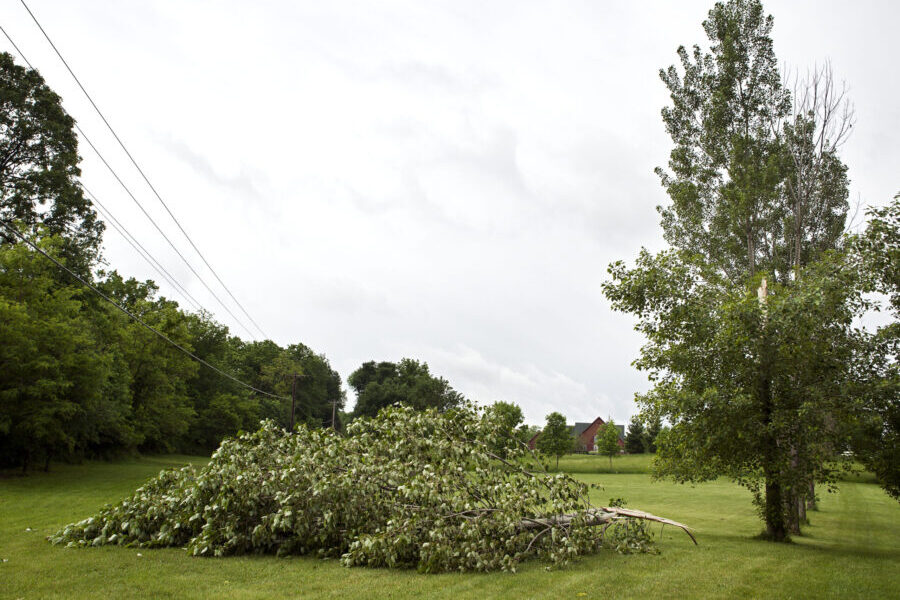
No Property Damage
If a tree falls due to wind, hail, or the weight of snow and ice, but does not damage any property, then typically a homeowners insurance policy will not pay for removal and clean up. Consider if the home was on several acres of forest. One would not expect the insurance company to pay every time a tree fell in the woods, which is why policies are structured in this manner. However, some insurance companies pay a limited amount for debris cleanup which can include downed trees, but it is limited to between $500 and $3,000 in total.
In addition, a little-known protection covers trees damaged by fire, lightning, or if stolen (think small new trees). In such a case, up to 5% of the insurance attributed for the home is available as an additional coverage with a per-tree limit of $500 to $1,500. That said, we always suggest you talk to your insurance agent prior to filing a claim to ensure the damage is covered and is meaningfully higher than the deductible. Reference Filing Excessive Claims.
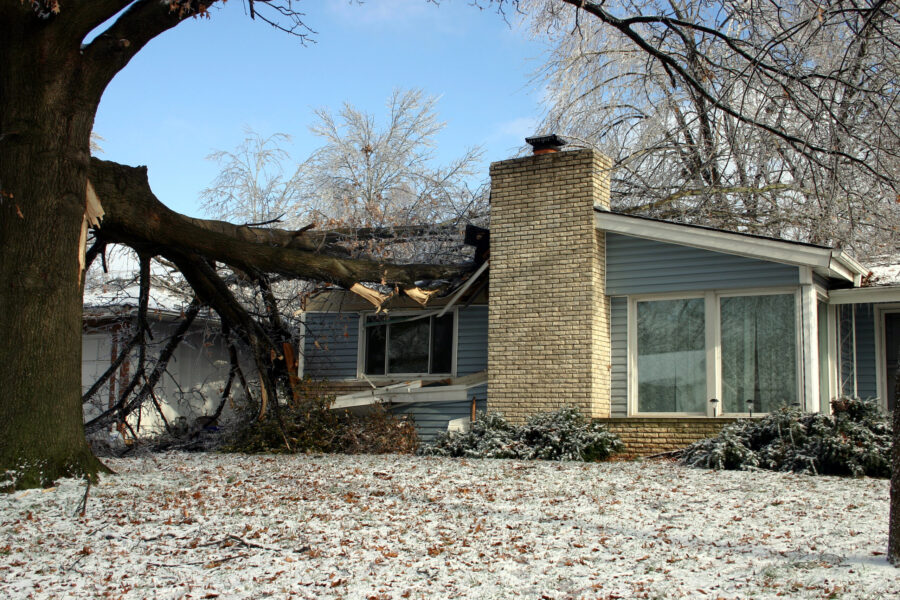
Your Tree, Your Property Damage
If a windstorm blows down a tree and it lands on your home or other covered structures, homeowners insurance will cover the cost of repairs to the home. It will pay to remove the tree from the structure and even some additional cleanup and disposal. This additional cleanup is limited to $500 to $3,000, depending upon the policy. This means that the insurance company will pay to get the tree off the house, repair the house, but may not cover the total cost to remove the remaining tree(s) from the premises.
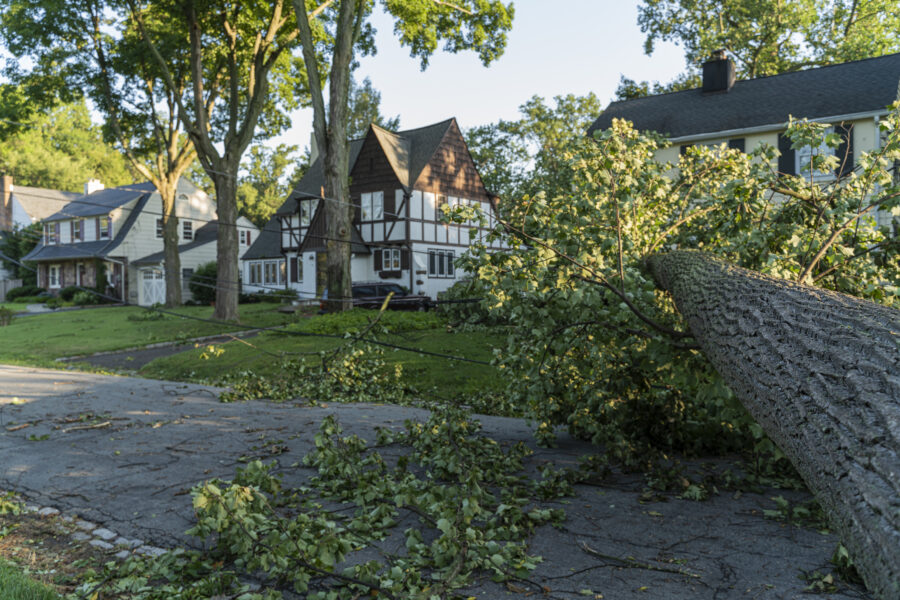
Your Tree, Your Neighbor’s Property Damage
If your tree falls on your neighbor’s home, then your neighbor’s homeowners insurance will need to pay for repairs. Your insurance policy is not intended to pay for damage to your neighbor’s property. The same works in reverse should your neighbor’s tree damage your property. In such a case, your own homeowners insurance policy would respond. However, these examples need some additional explanation.
A homeowner can be legally liable for injury or damage caused by a downed tree if they knew the tree was at risk of falling, such as if dead or rotting, and they did nothing to prevent it. Homeowners have an obligation to maintain their trees and remove them if they pose a threat to their own property or that of others. If you notice a neighbor’s tree could damage your home or property, make them aware of the situation. It is best to put it in writing and document the notice. Then, if the tree falls and causes damage to your house, your insurance company will collect from the neighbor’s policy to recover expenses, keeping the claim off your own policy and helping ensure your insurance pricing remains low.
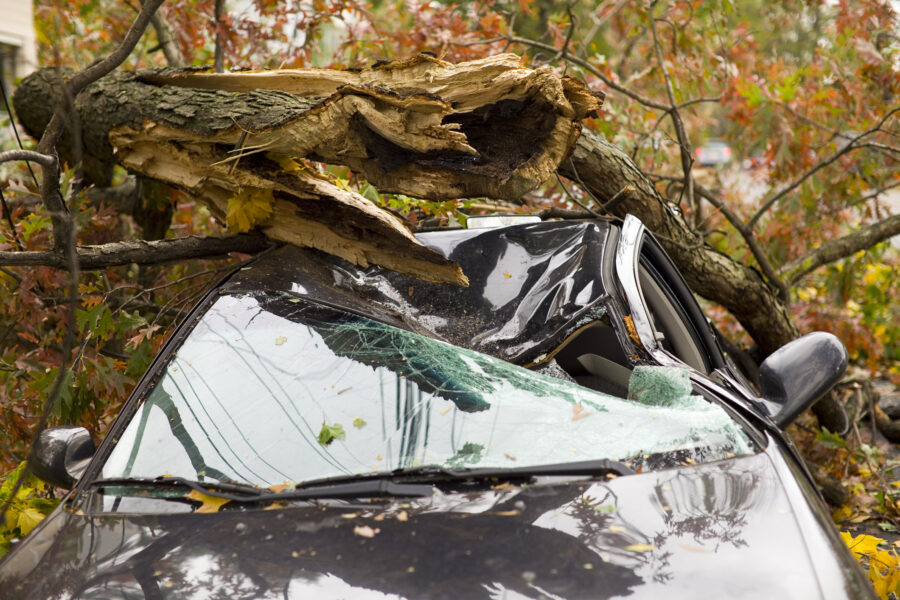
Fallen Trees and Autos
Homeowners insurance policies exclude damage to automobiles because such damage is properly covered on a personal auto policy. If a tree falls and damages a vehicle, no matter your own or your neighbor’s, the claim should be submitted to the appropriate auto insurance company. Coverage exists if the personal auto policy includes comprehensive coverage.
Pruning Risk
Well-maintained trees provide shade, beauty, and increase property values. Maintaining trees is the best way to avoid them causing damage or injury. Dead or dying trees are an obvious hazard, but even healthy ones can be a risk. Take precaution and prevent future damage. Some tips to keep in mind include:
- Trim trees regularly, especially those with long branches.
- Notice the signs of unhealthy trees such as hollow trunks or a lack of leaves.
- Have a tree expert periodically inspect for disease.
- Look for mushrooms, cracks, or holes at the trunk base, and address any discovered.
- Consider removing trees that are leaning and not upright.
- Remove branches that overhang roofs, driveways, or power lines.
Routine care and maintenance go a long way to avoid structural damage to the tree as well as the home. Review your policies with your insurance agent to better understand coverage before a tree claim occurs. Questions on home insurance? Contact your Bankers Insurance agent. Not a client of ours? Let us earn your business! Each of our clients is assigned a personal insurance agent and provided their email address as well as a phone number that rings right on their desk.
Was this post helpful?
- Share it using the links below
- Review all our personal insurance posts
- Review all our personal insurance products
- Subscribe

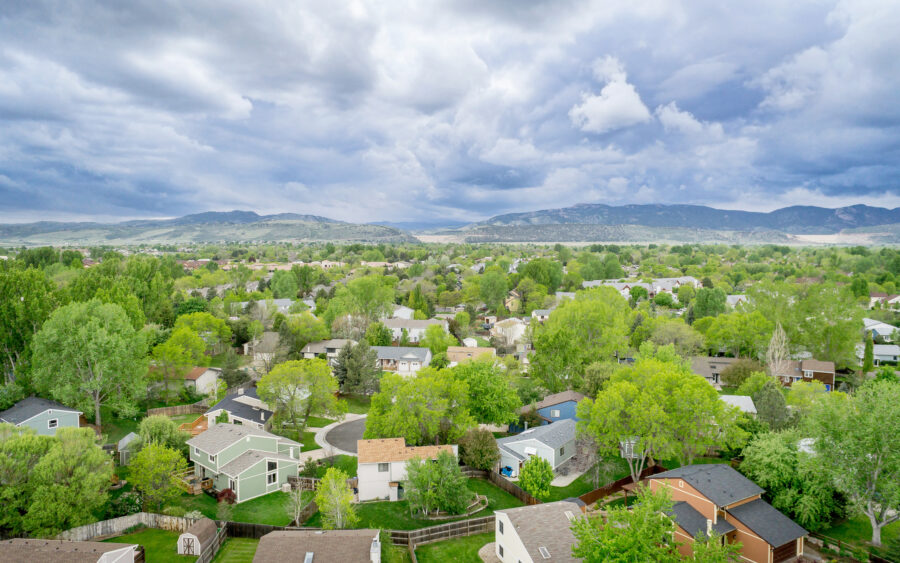


What if a City utility pole shared by the internet services falls on your property, or worse, on your house and damages it? City, Ting, Xfinity, Dominion Power. Who Is liable? I realize my question is late in posting.
Marilyn, apologies for the late response. You have a great question! Each claim is different, but I’ll review some possibilities. First, the owner of the pole needs to be established – whoever is responsible for maintaining it. Electric poles are usually owned and maintained by the electric provider. Sometimes these are telephone poles owned by the telephone company. Cable companies usually lease space on the poles, so they wouldn’t be liable in most cases. The point is “Who owns and maintains the pole?”. That entity would be liable IF they were negligent. An example of negligence would be the pole falling due to rot or lack of maintenance. However, if the pole comes down in a bad storm, they were not negligent so the utility pole owner would not be liable, and if it damaged a car or house, damages would be paid by the vehicle owner’s or the home owner’s insurance policy. Here’s another twist: Say a truck ran into the pole and knocked it down onto a house. Now the vehicle’s owner is liable for those damages. Or suppose Xfinity, who only leases space on the pole, somehow puts too much weight on it and causes it to fail. Now who’s liable? You can see how claims can sometimes get complex. But I hope this answers your question. If not, feel free to respond. All the best!
What if a tree falls on your house and the tree was on common property. If the home owner has asked the HOA many times to trim that tree and it has not been trimmed is the HOA responsible for damage?
Don, great question. Based on what you’ve provided, and assuming the tree is not being properly maintained, it sounds like the HOA would be responsible for the damage. I’ll caveat by saying each claim can be different. For example, if the tree is healthy and properly maintained, the HOA isn’t being negligent and most likely would not be liable for damage. I suggest documenting your request to the HOA so that should anything happen you have evidence of your request.